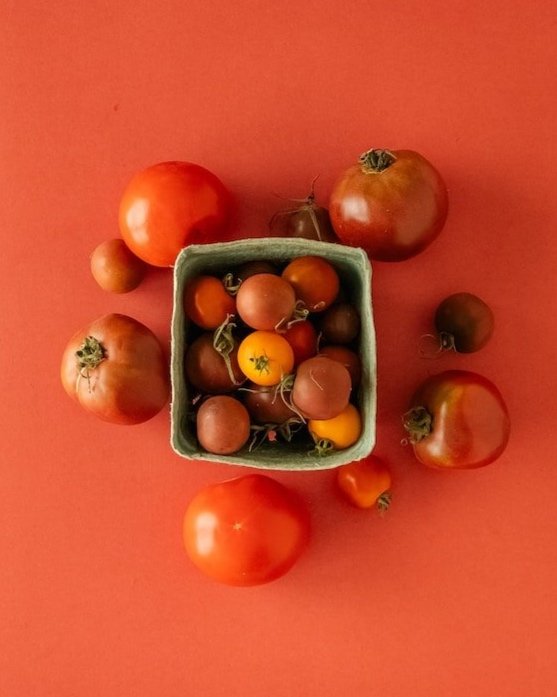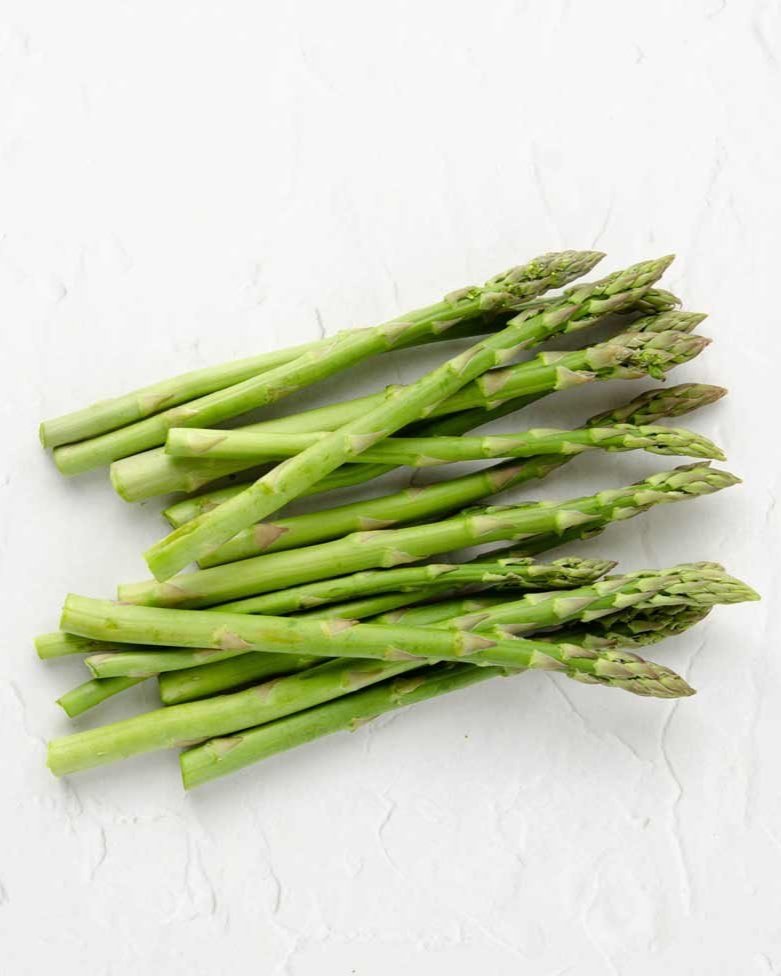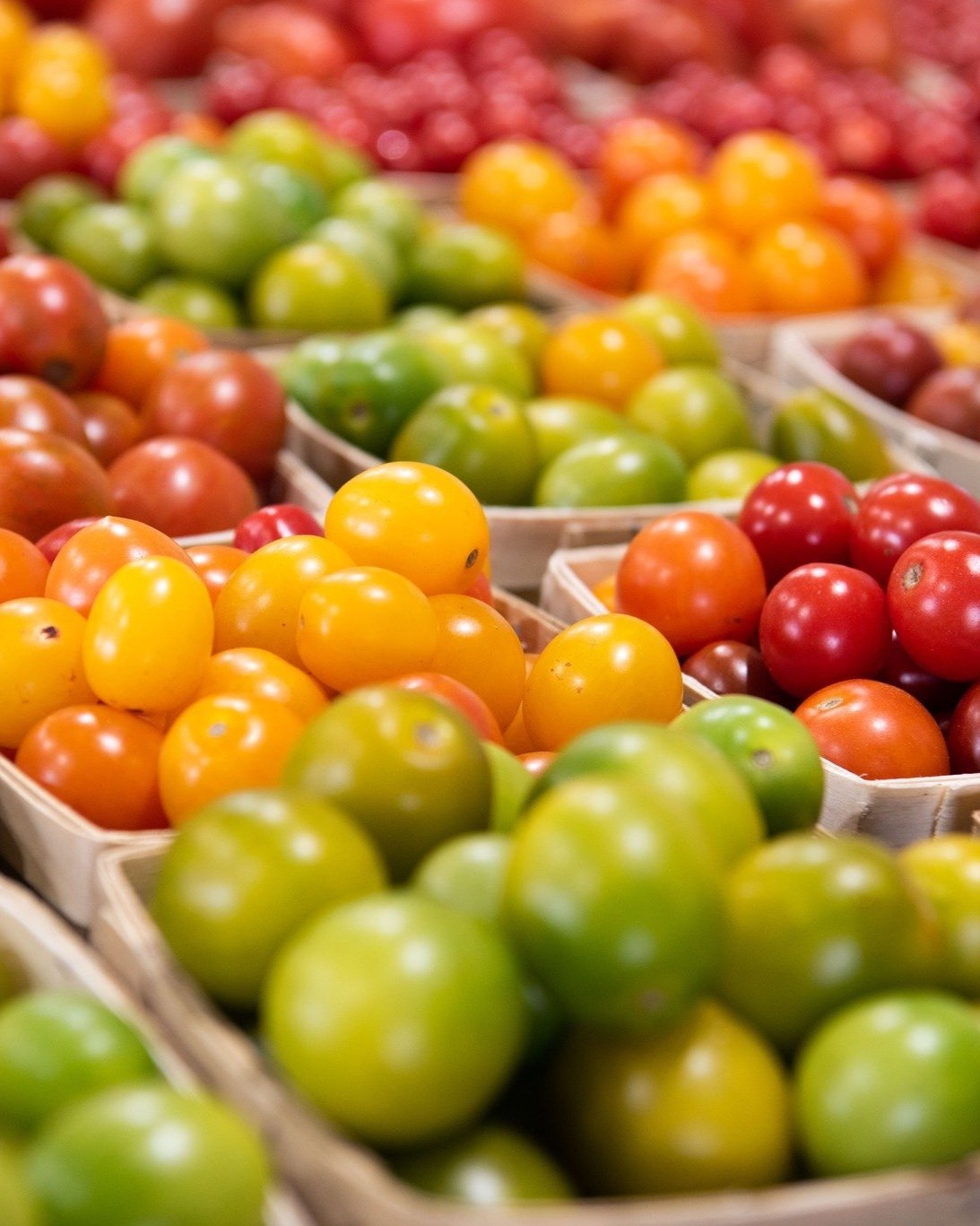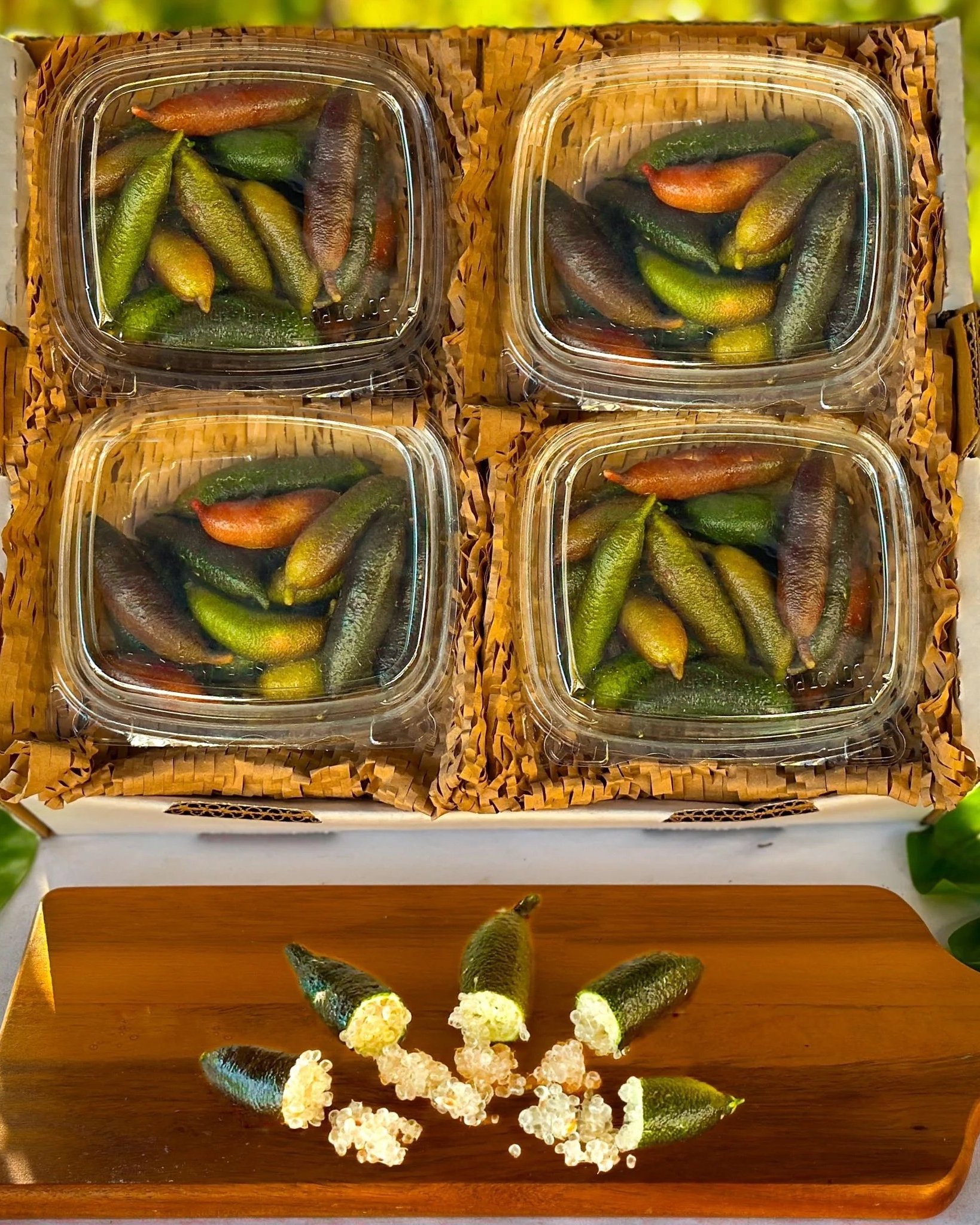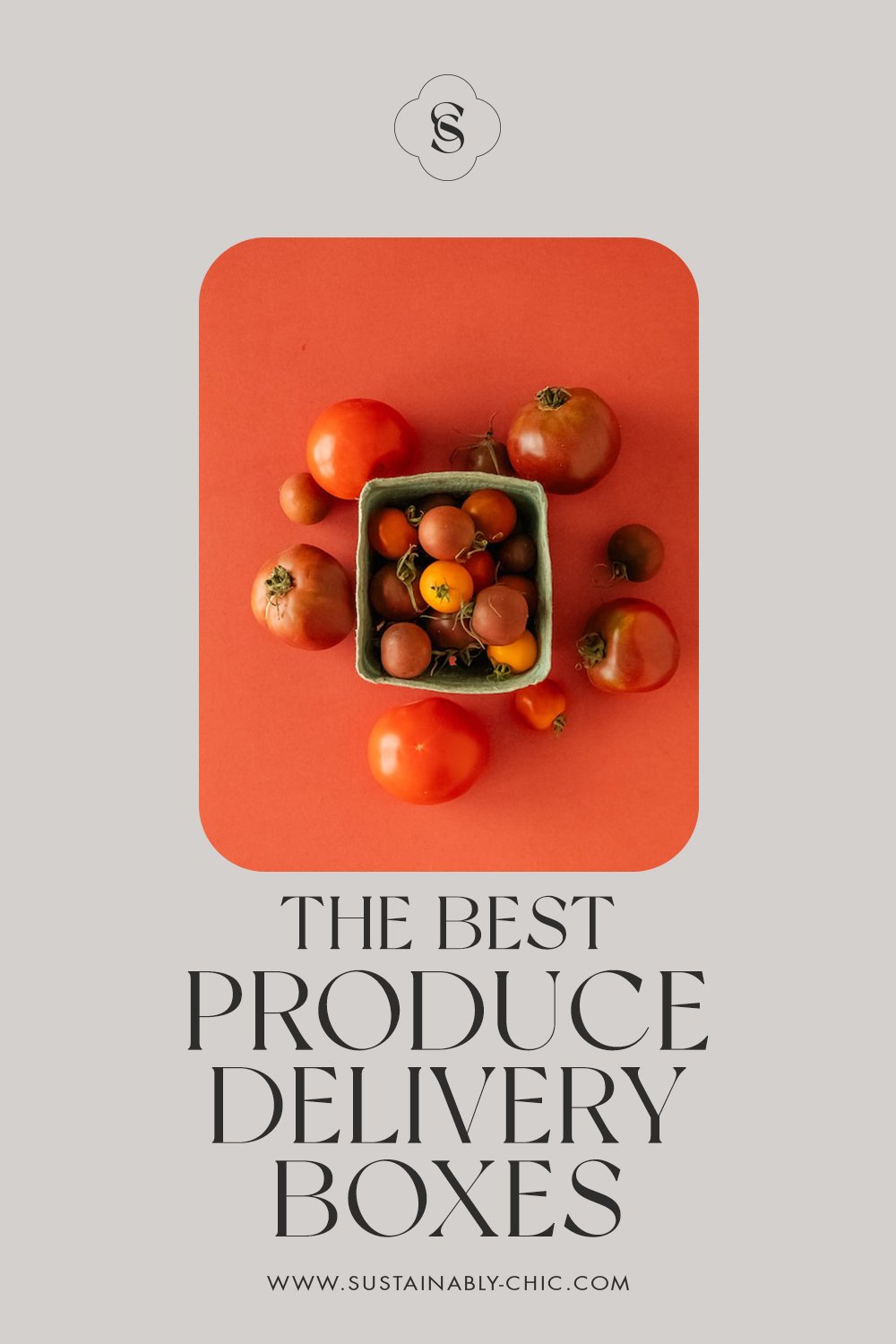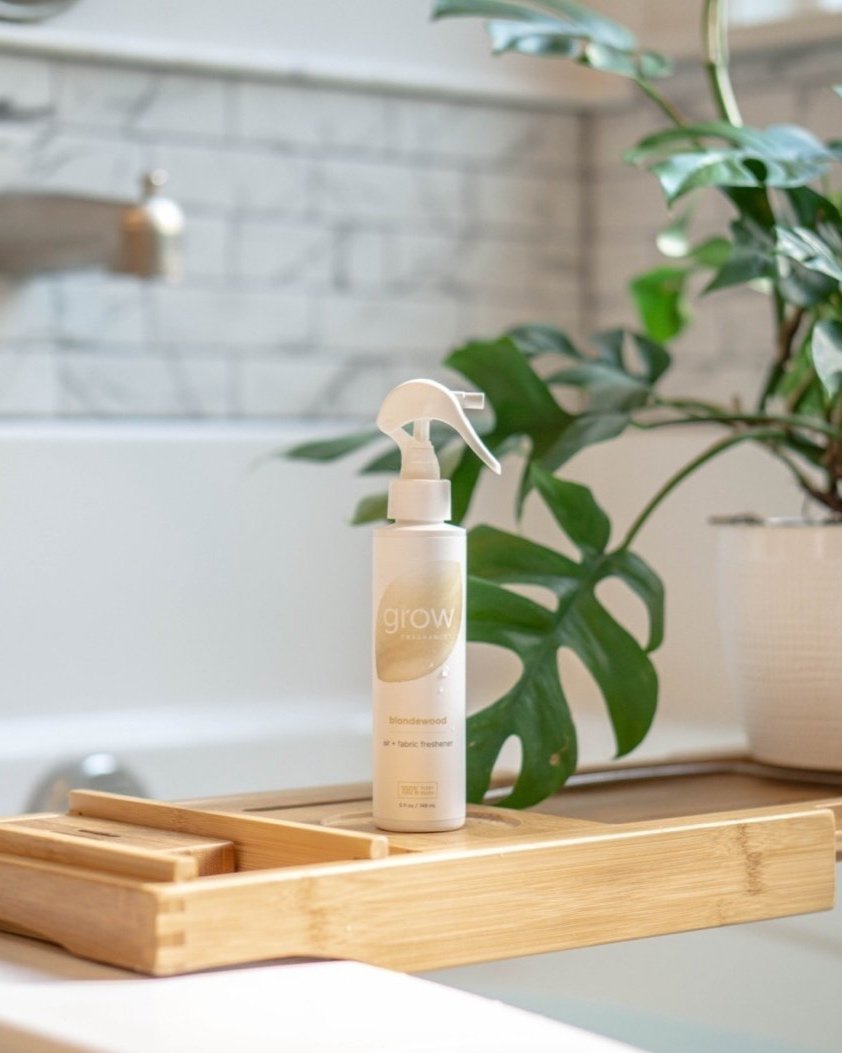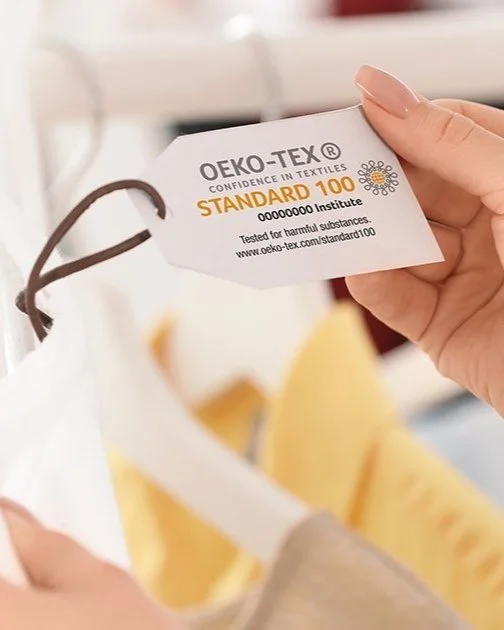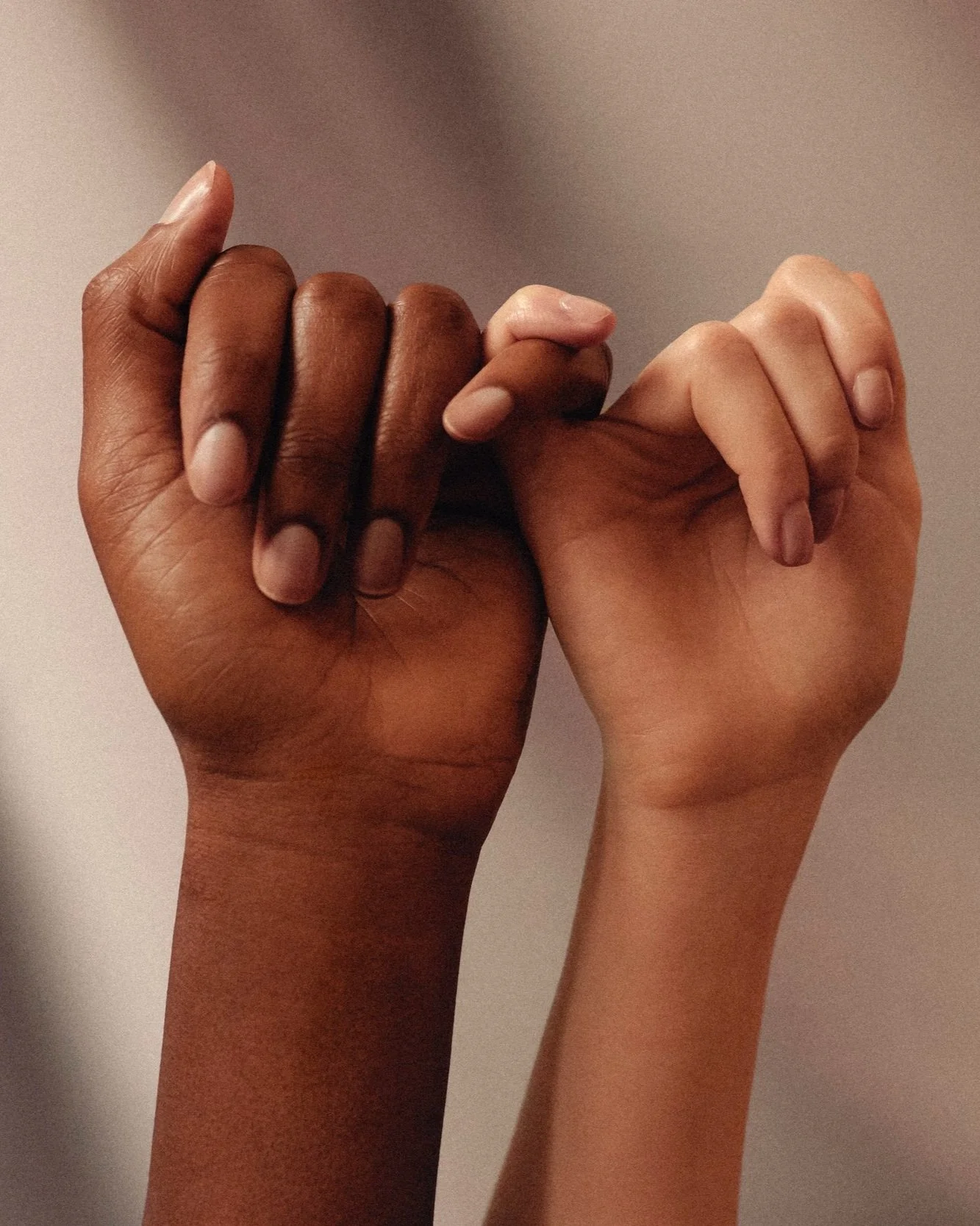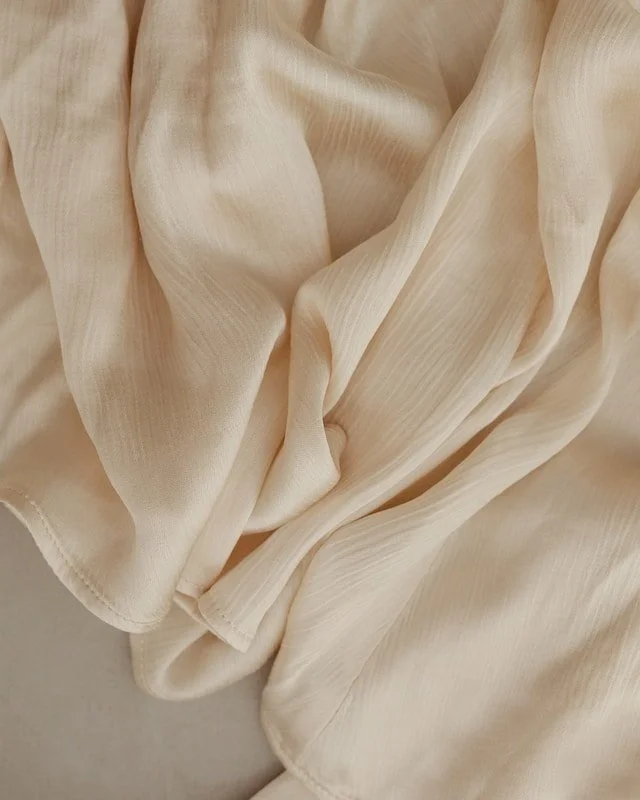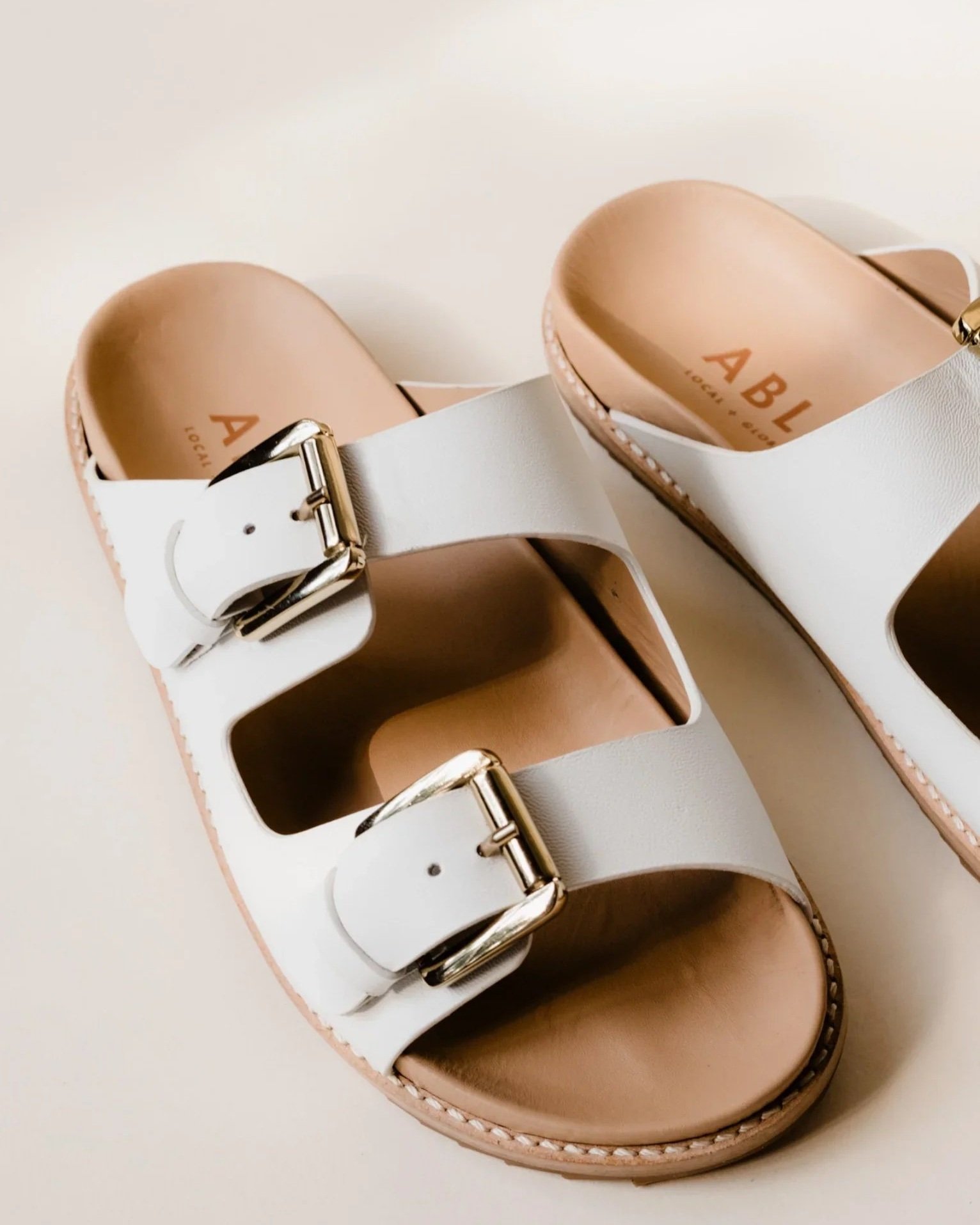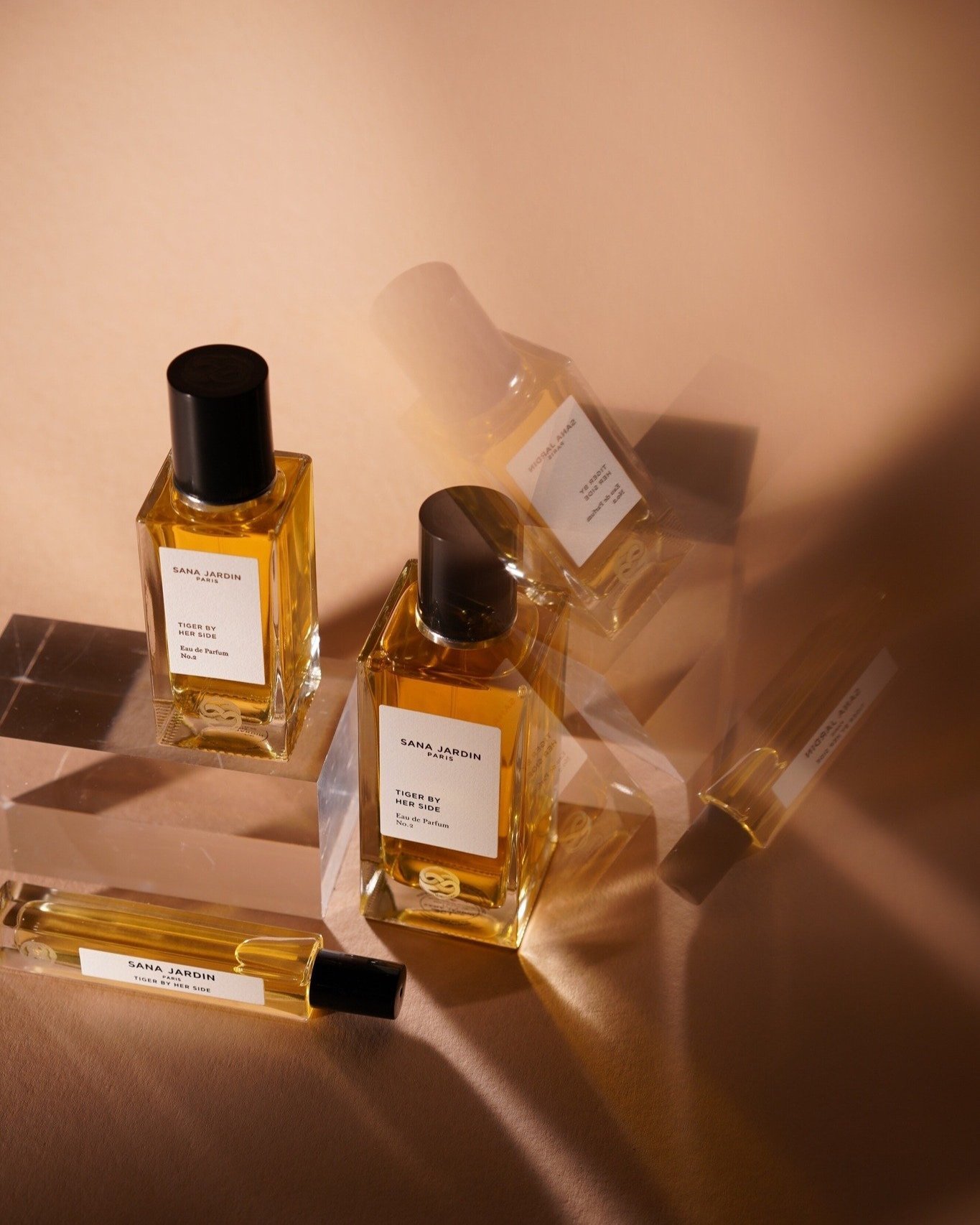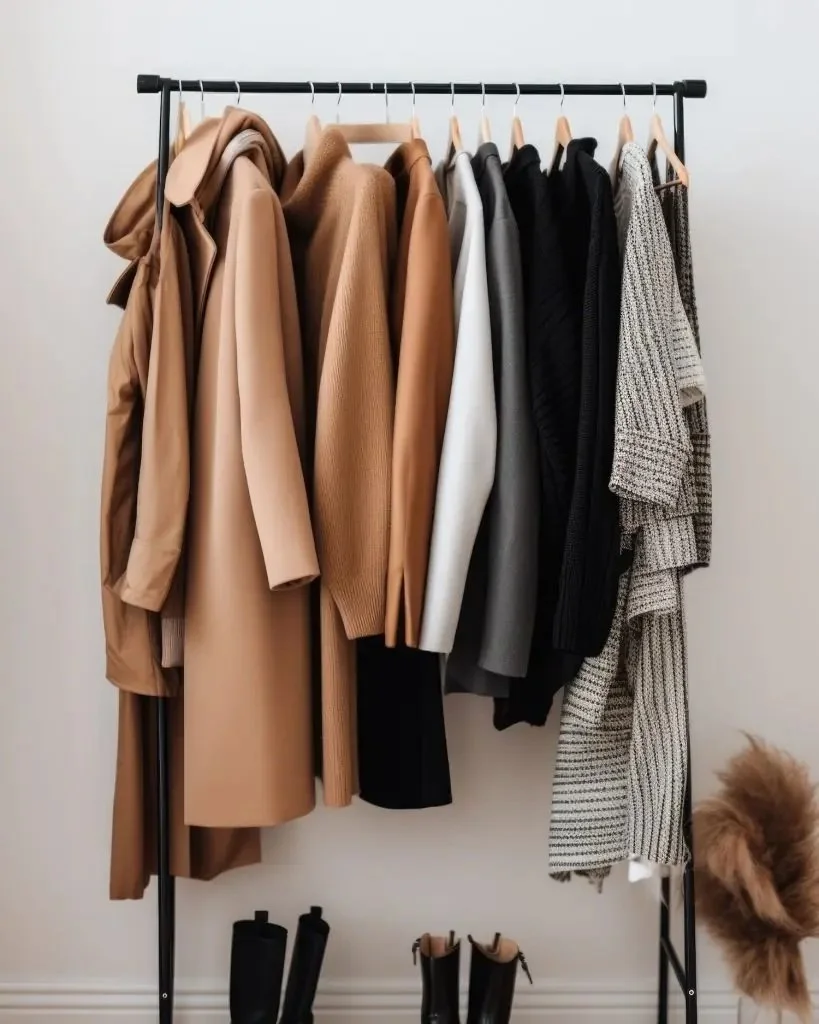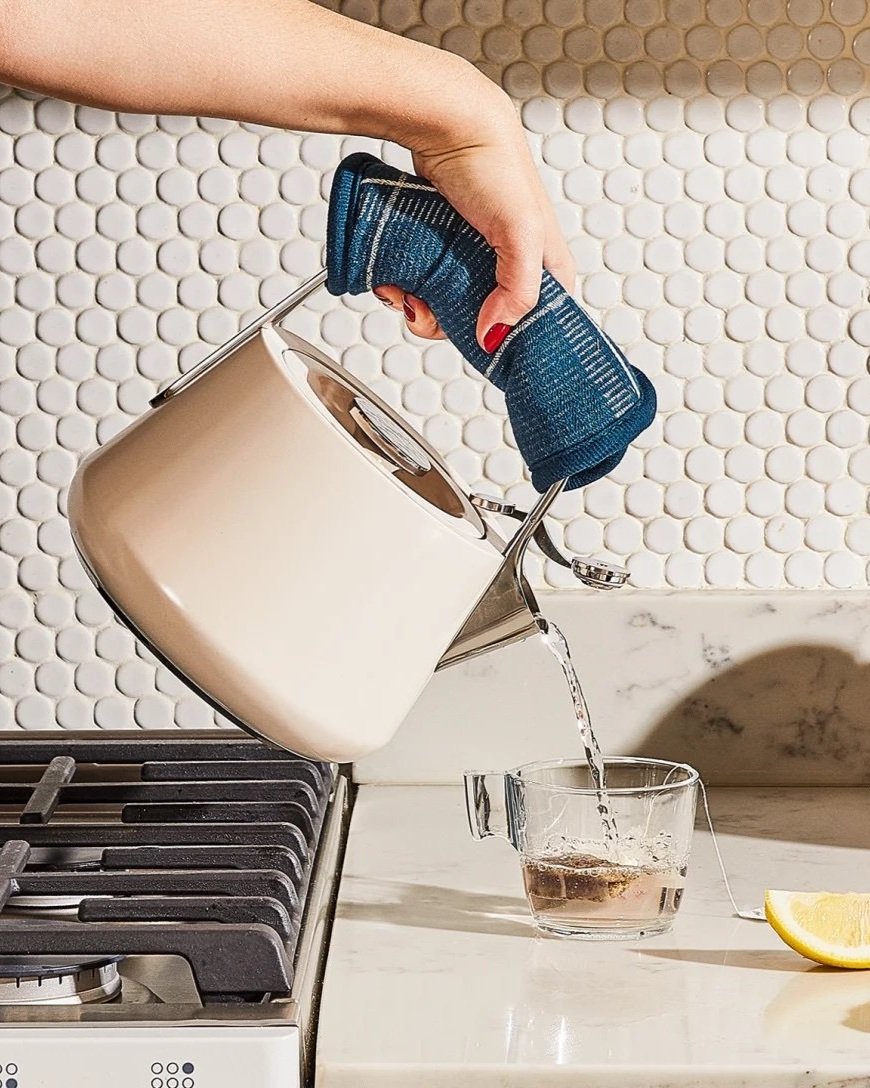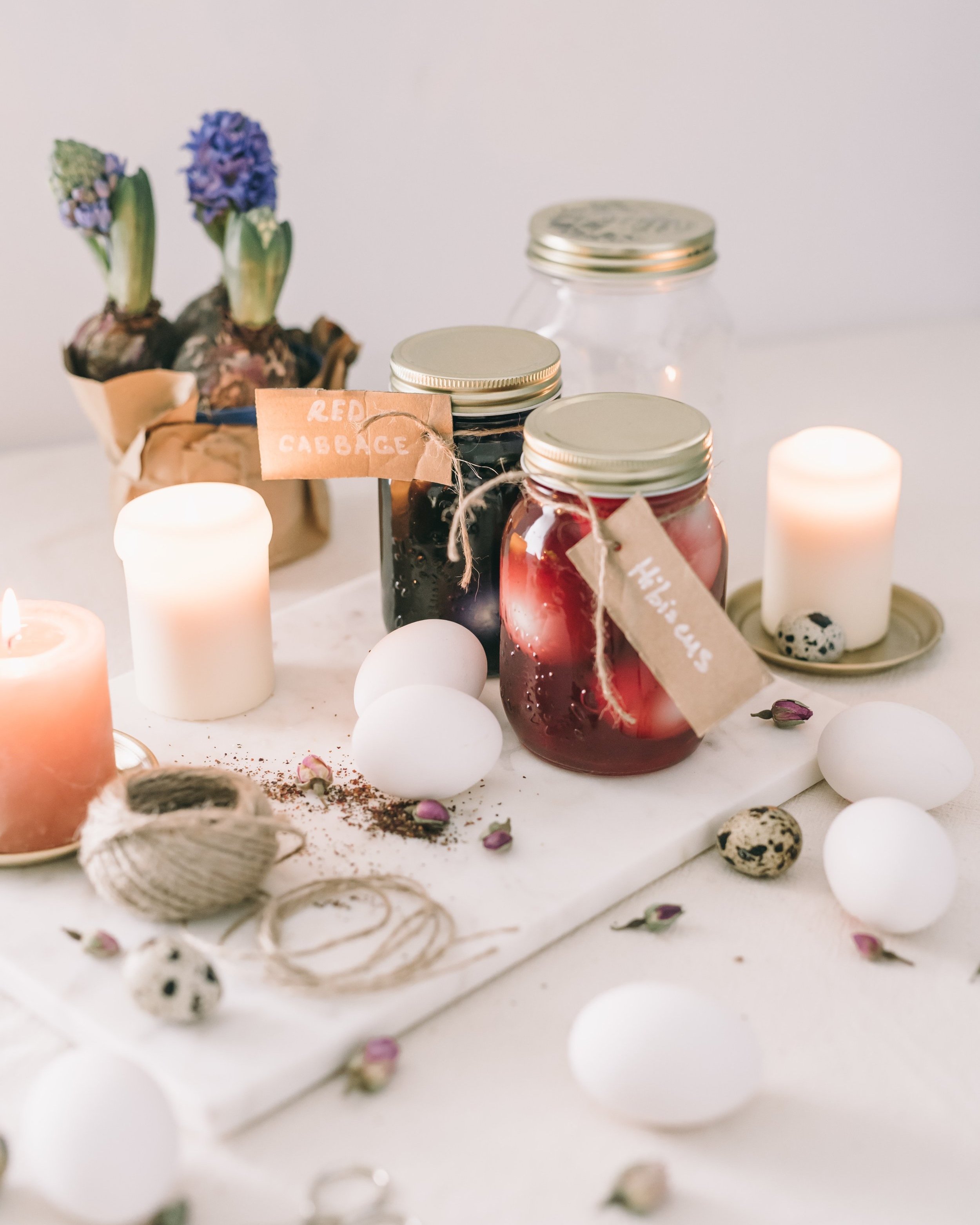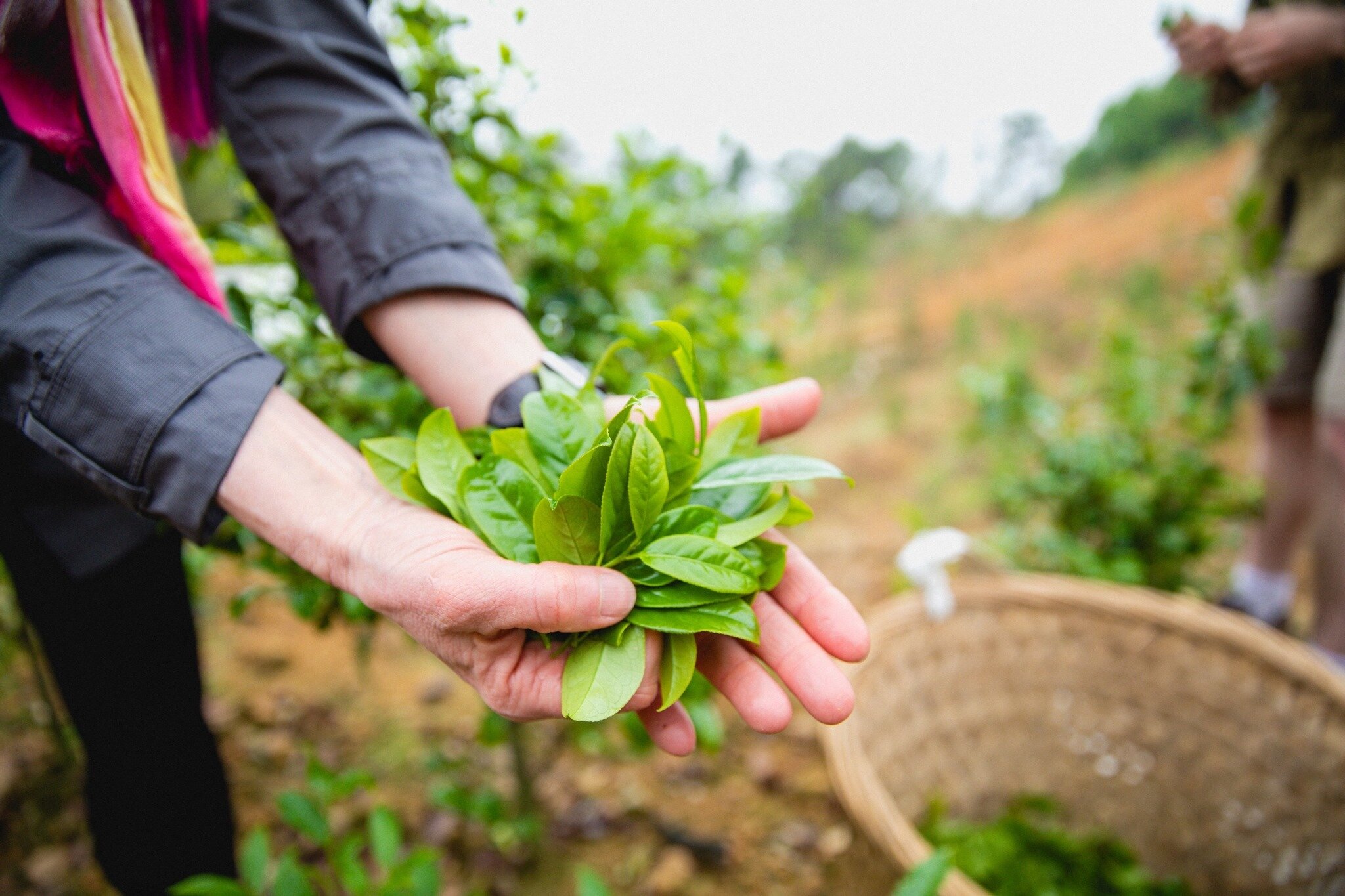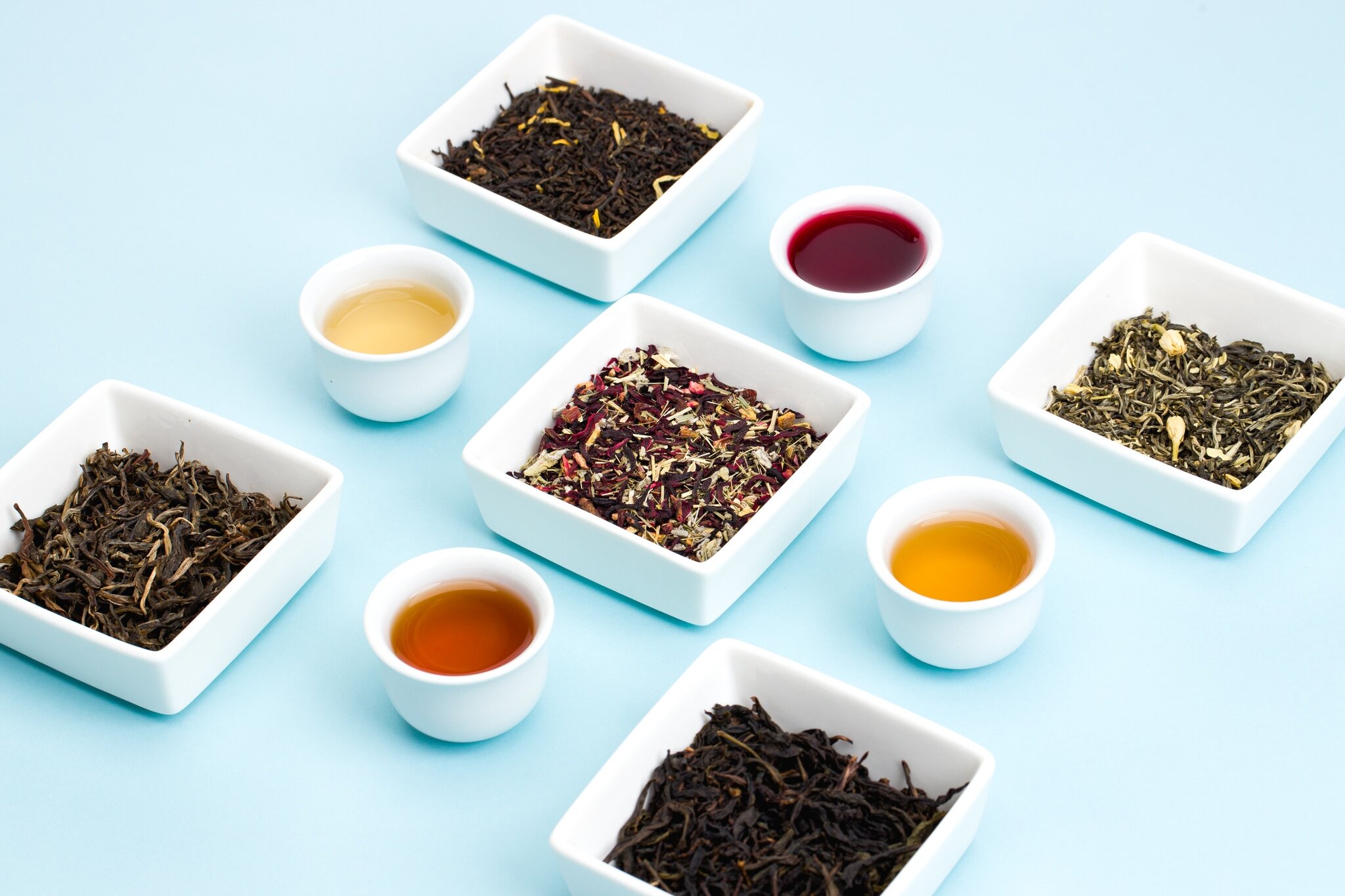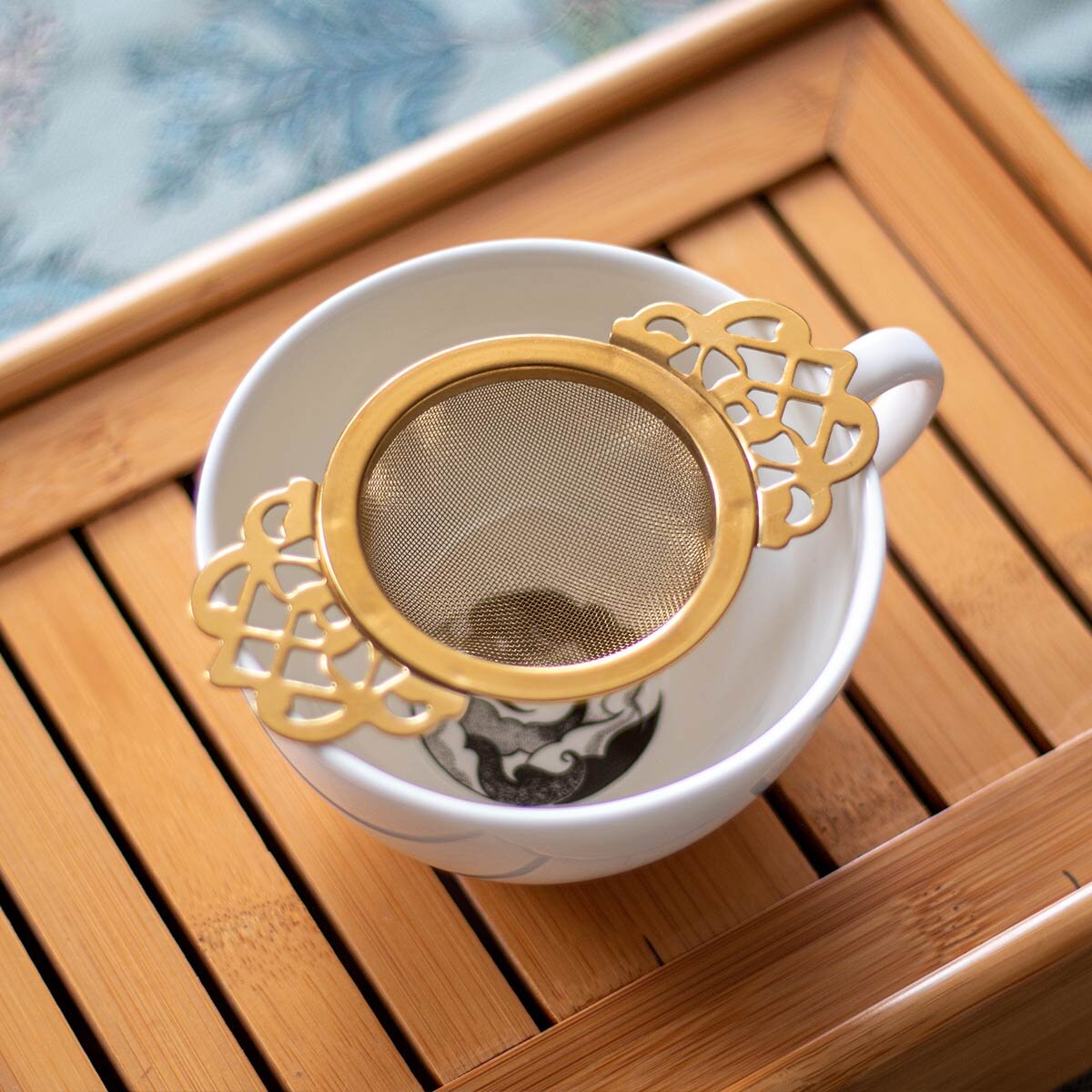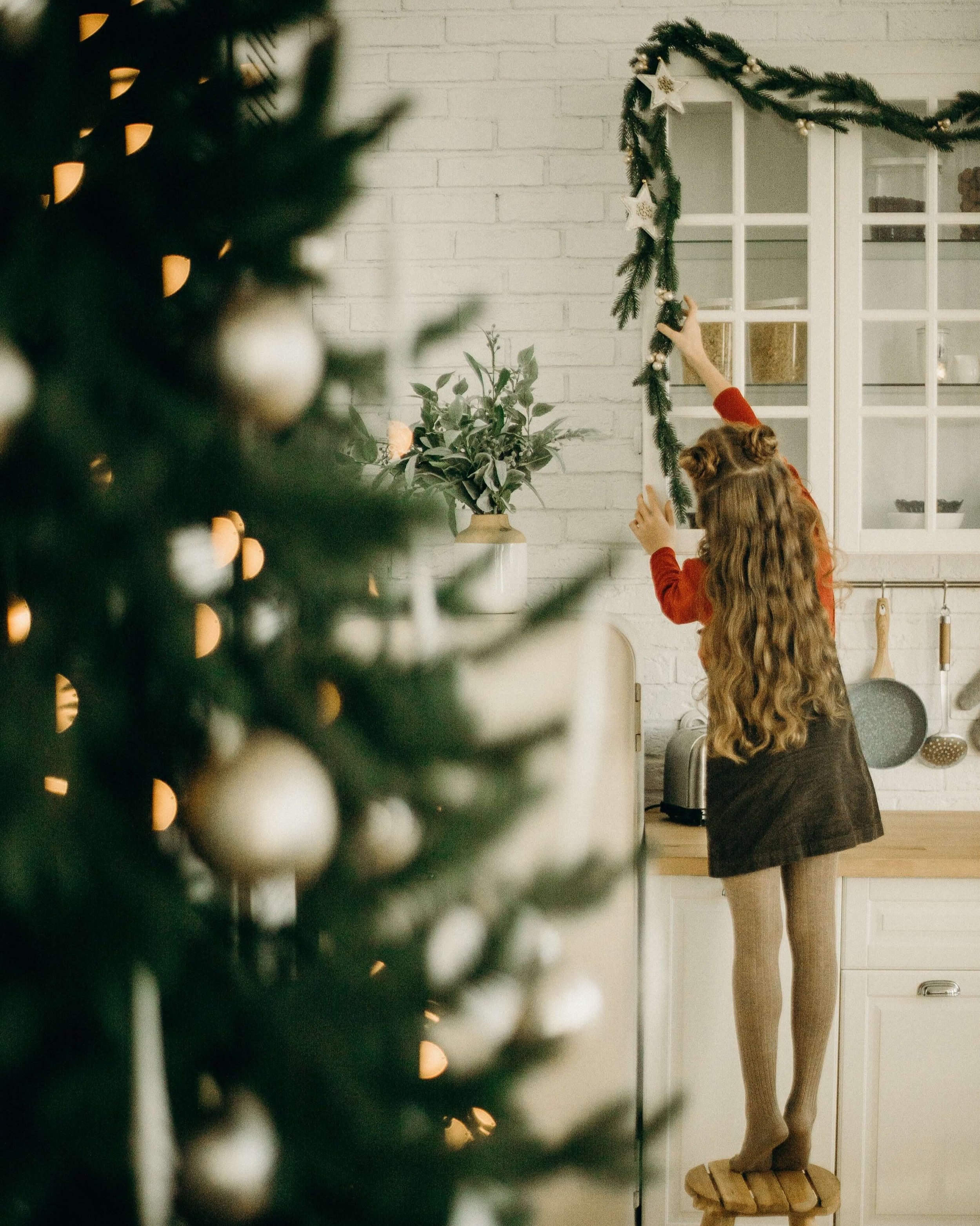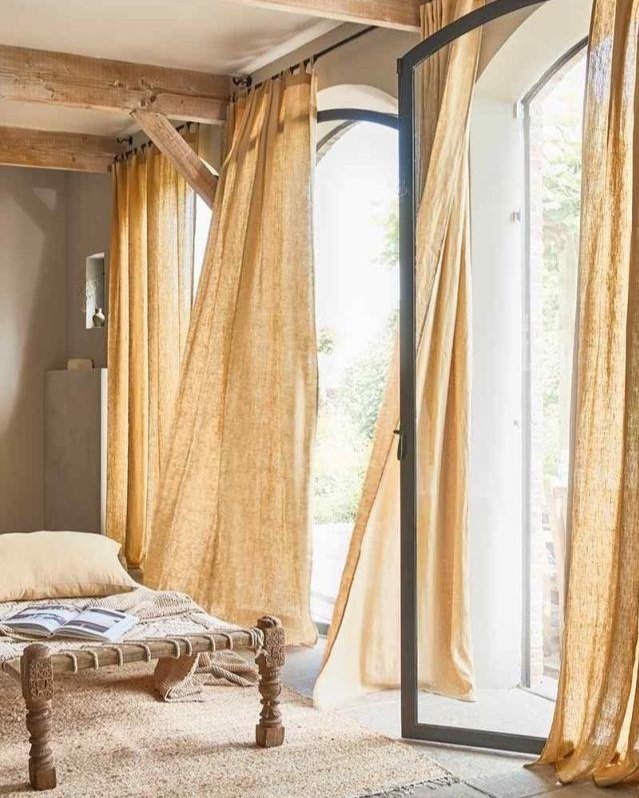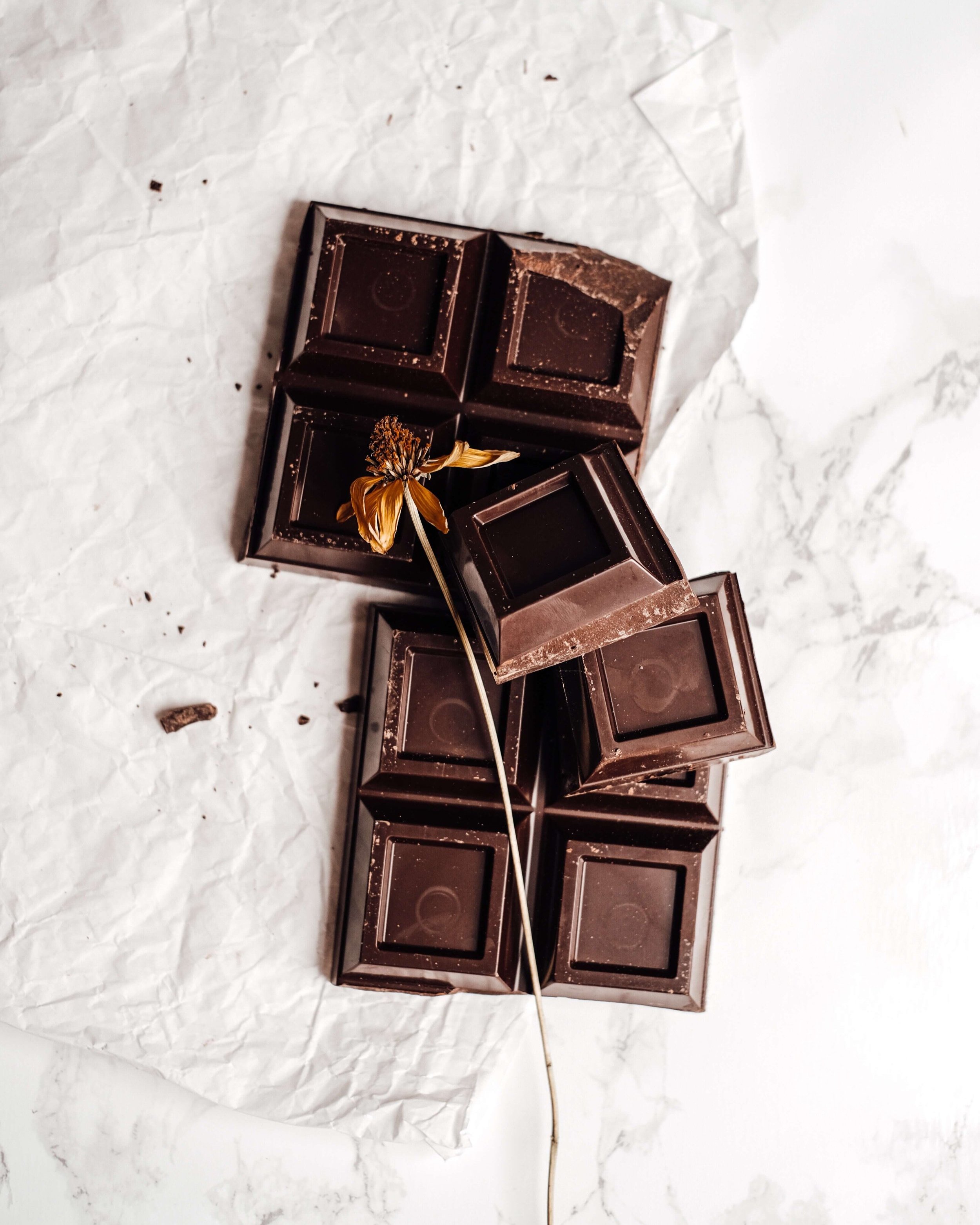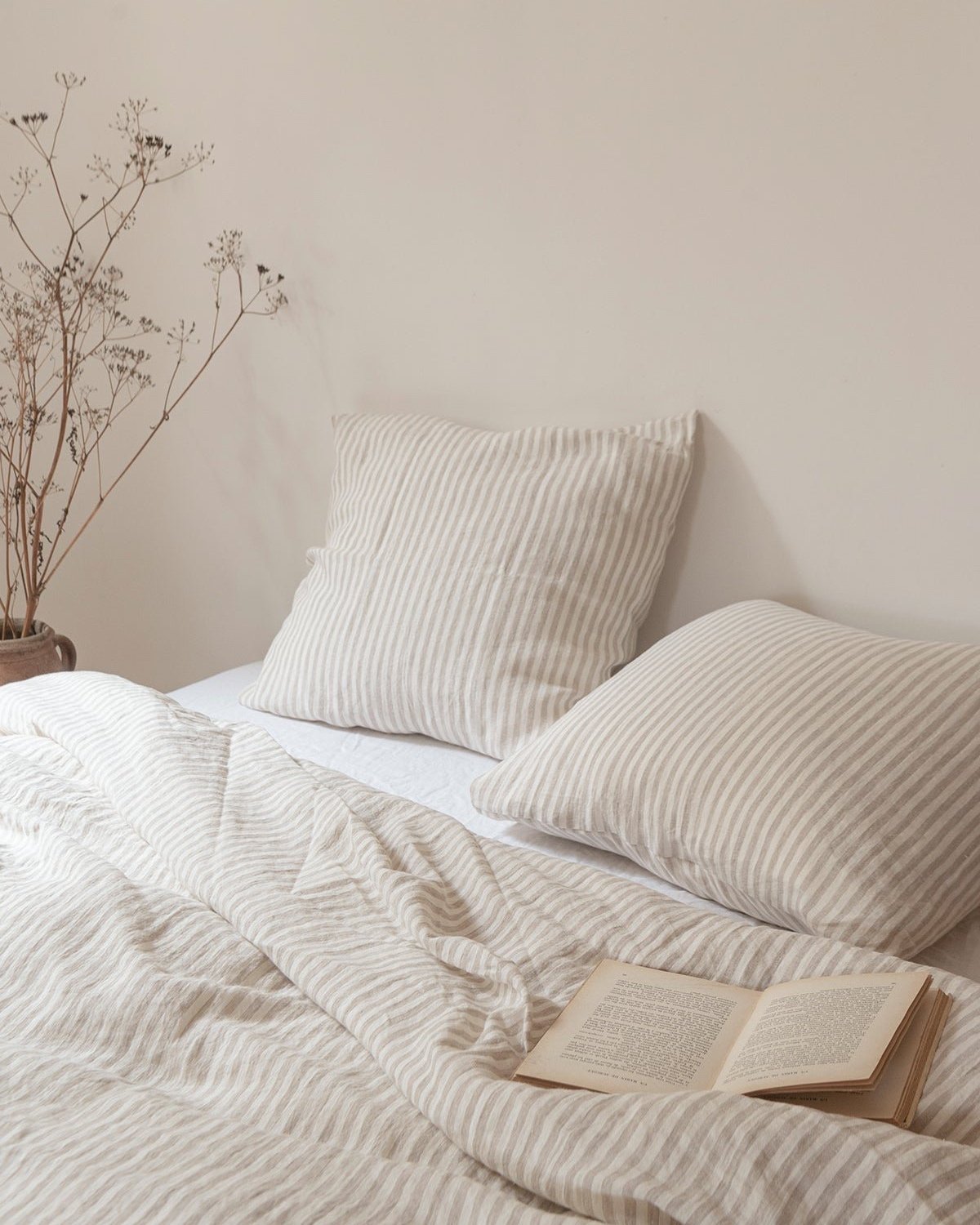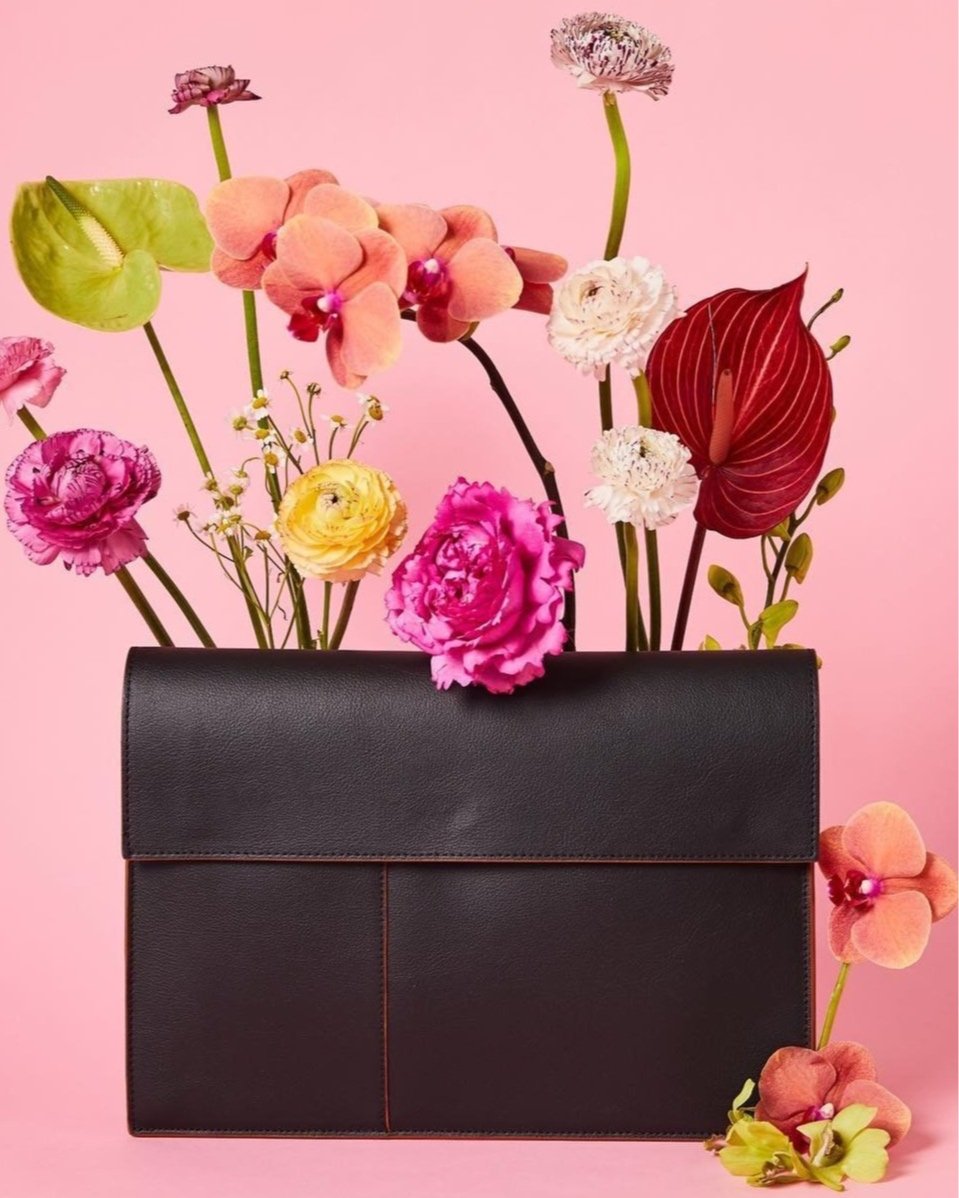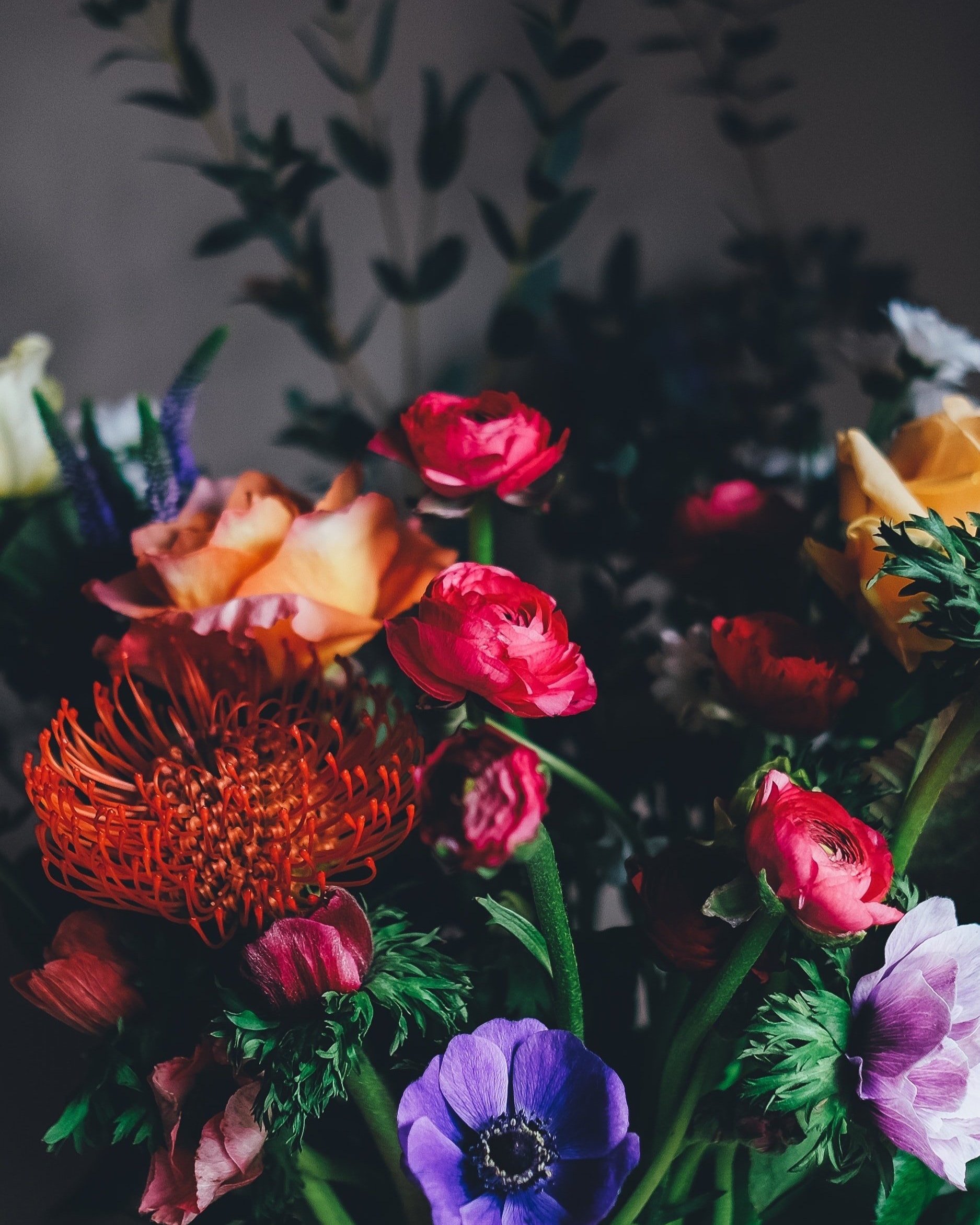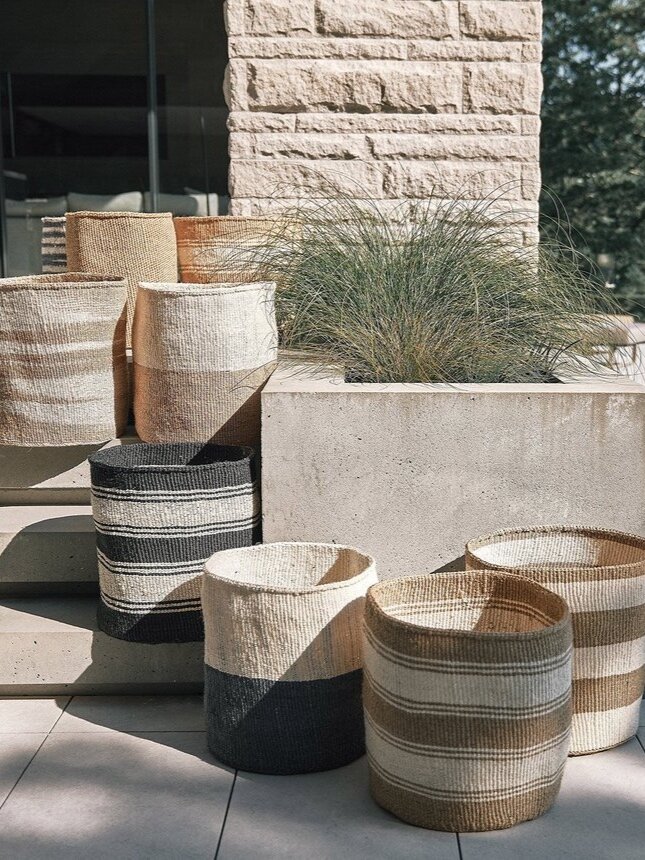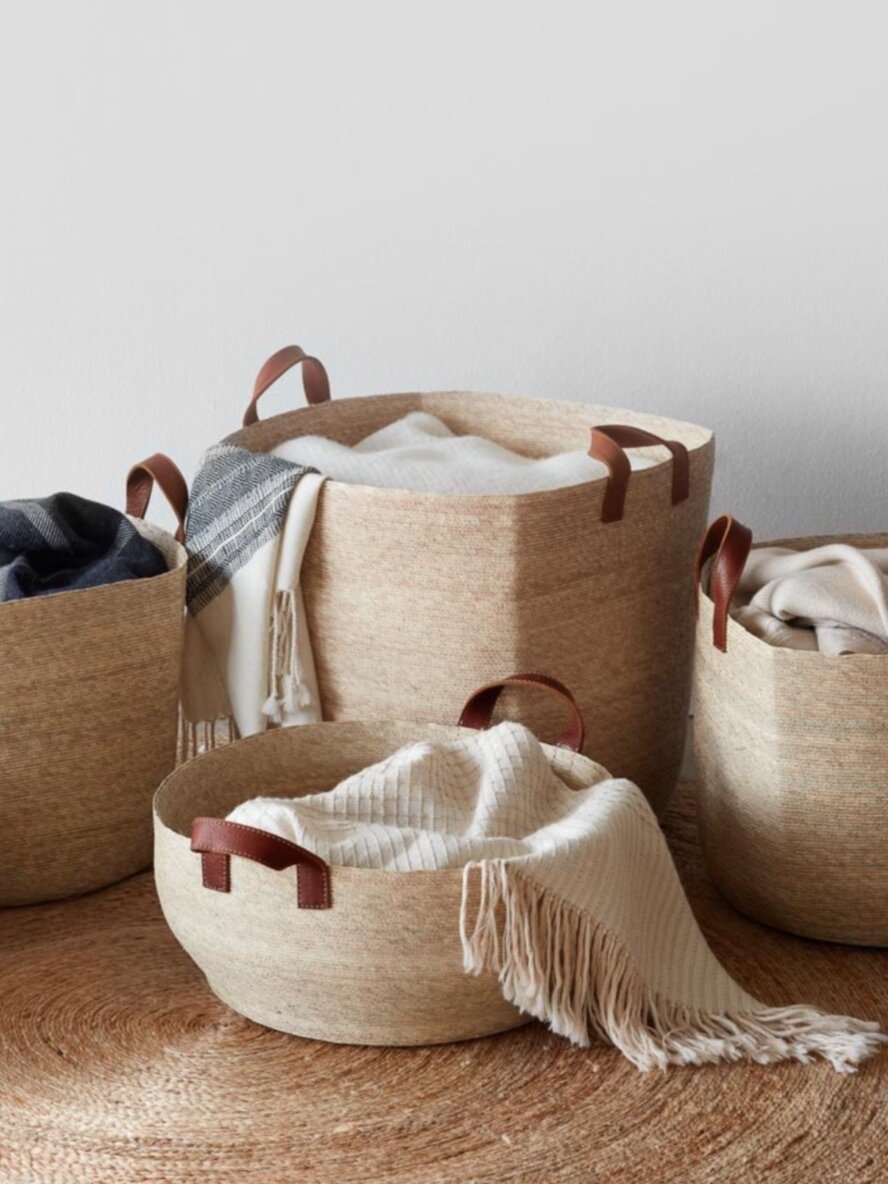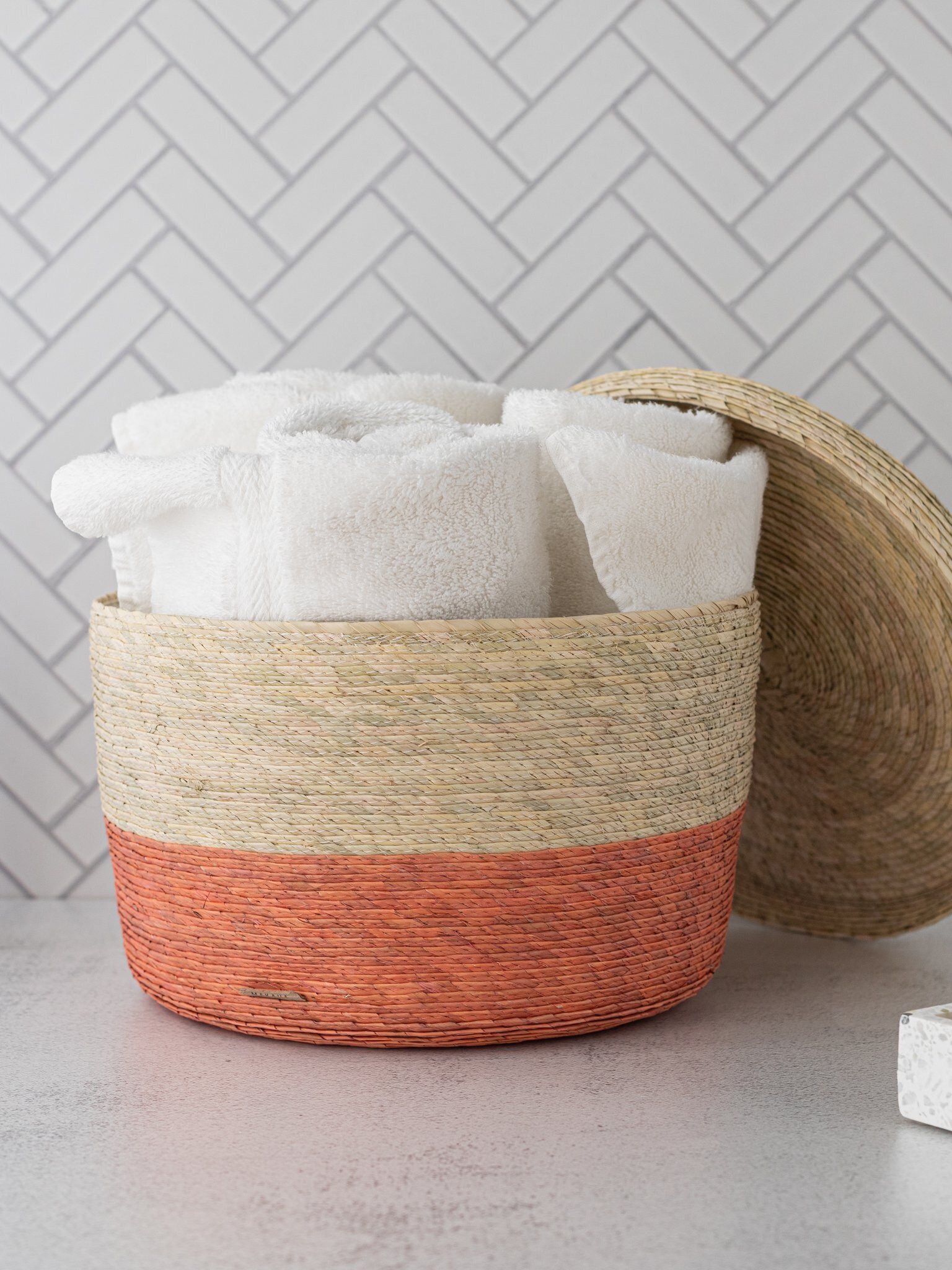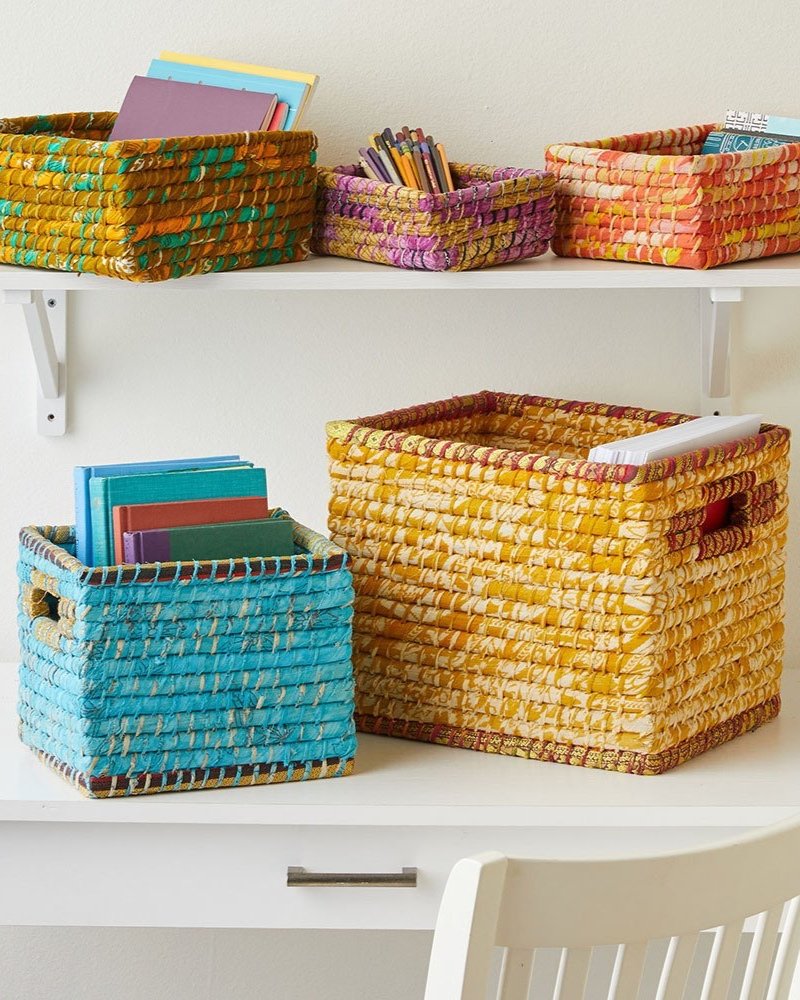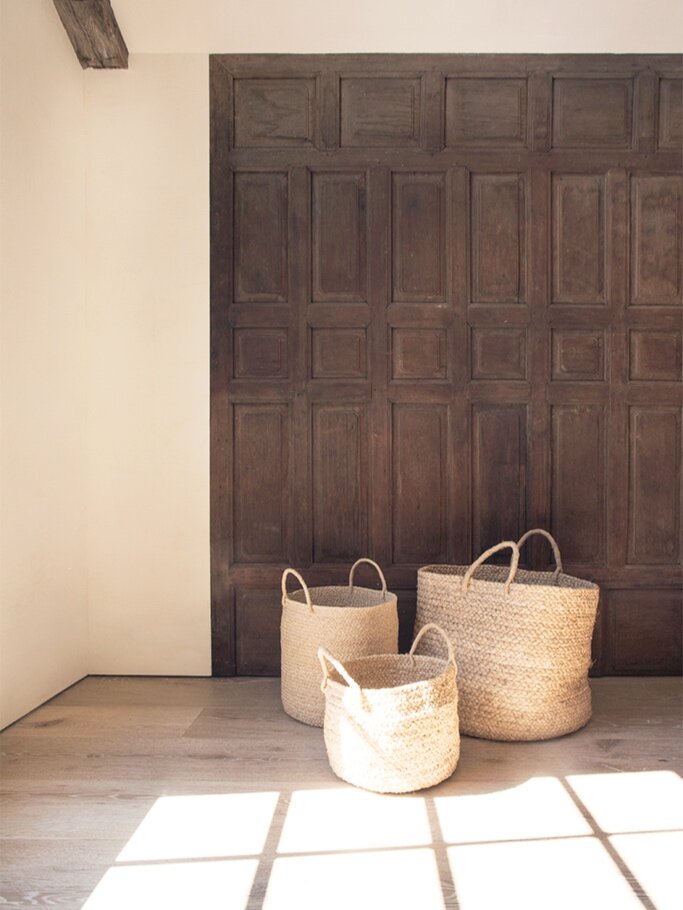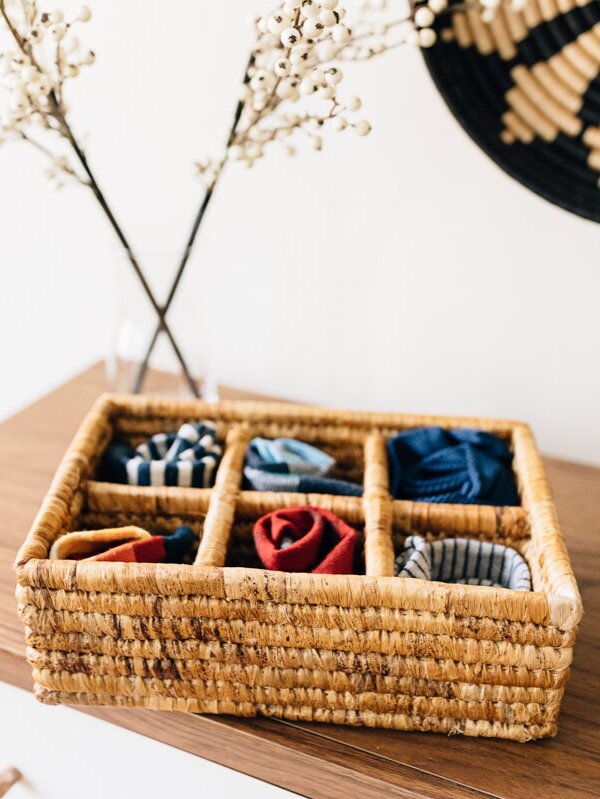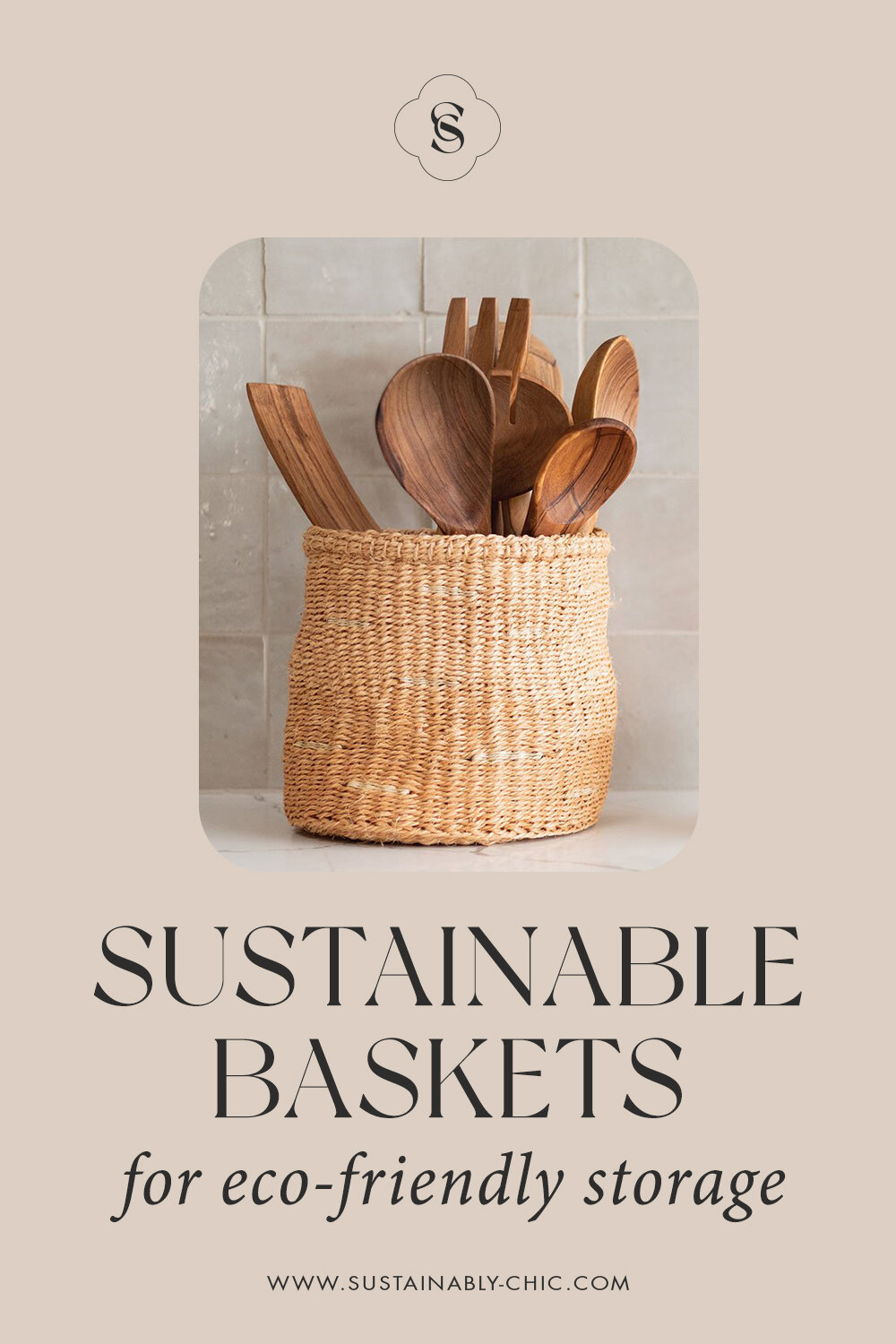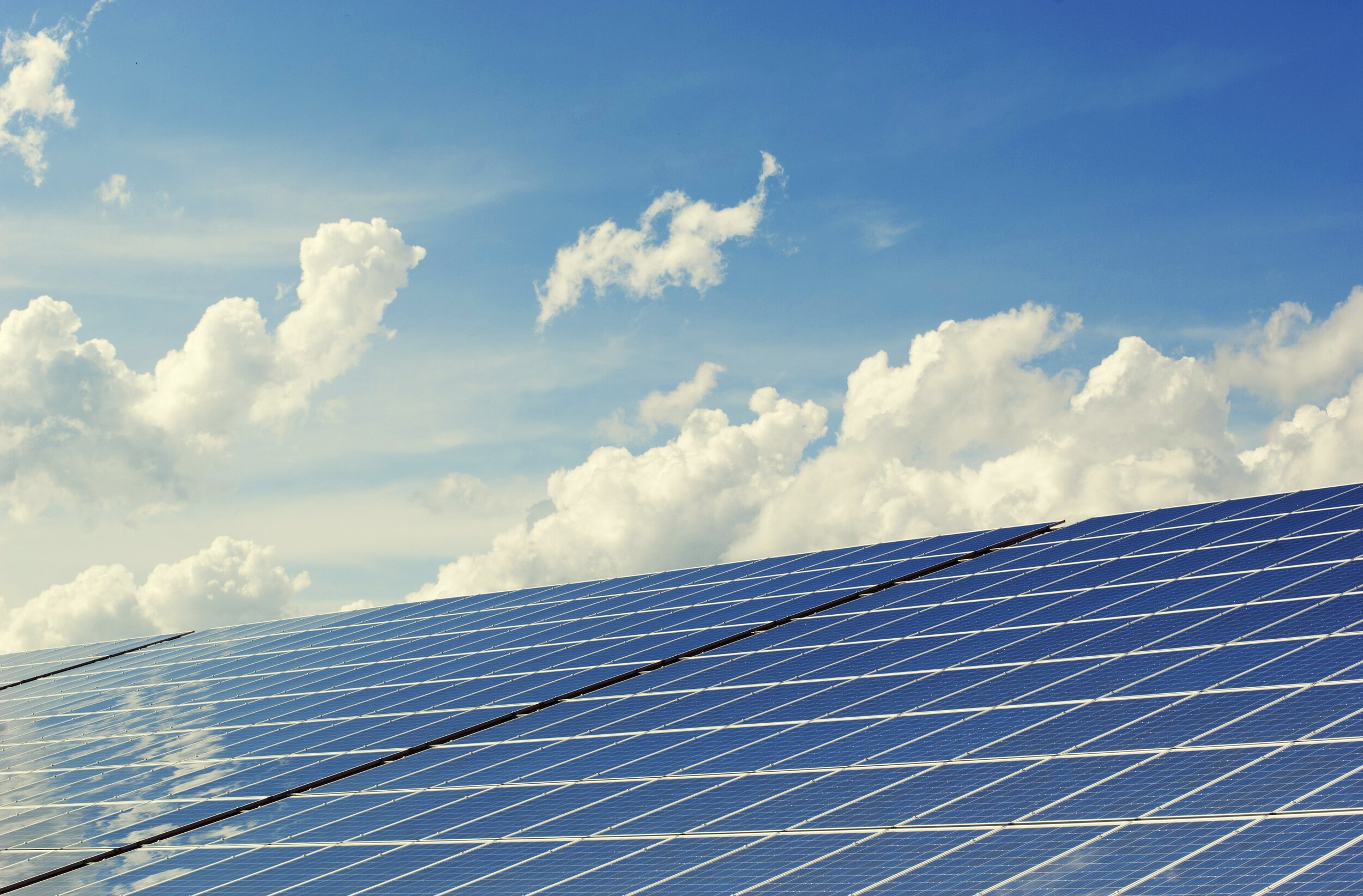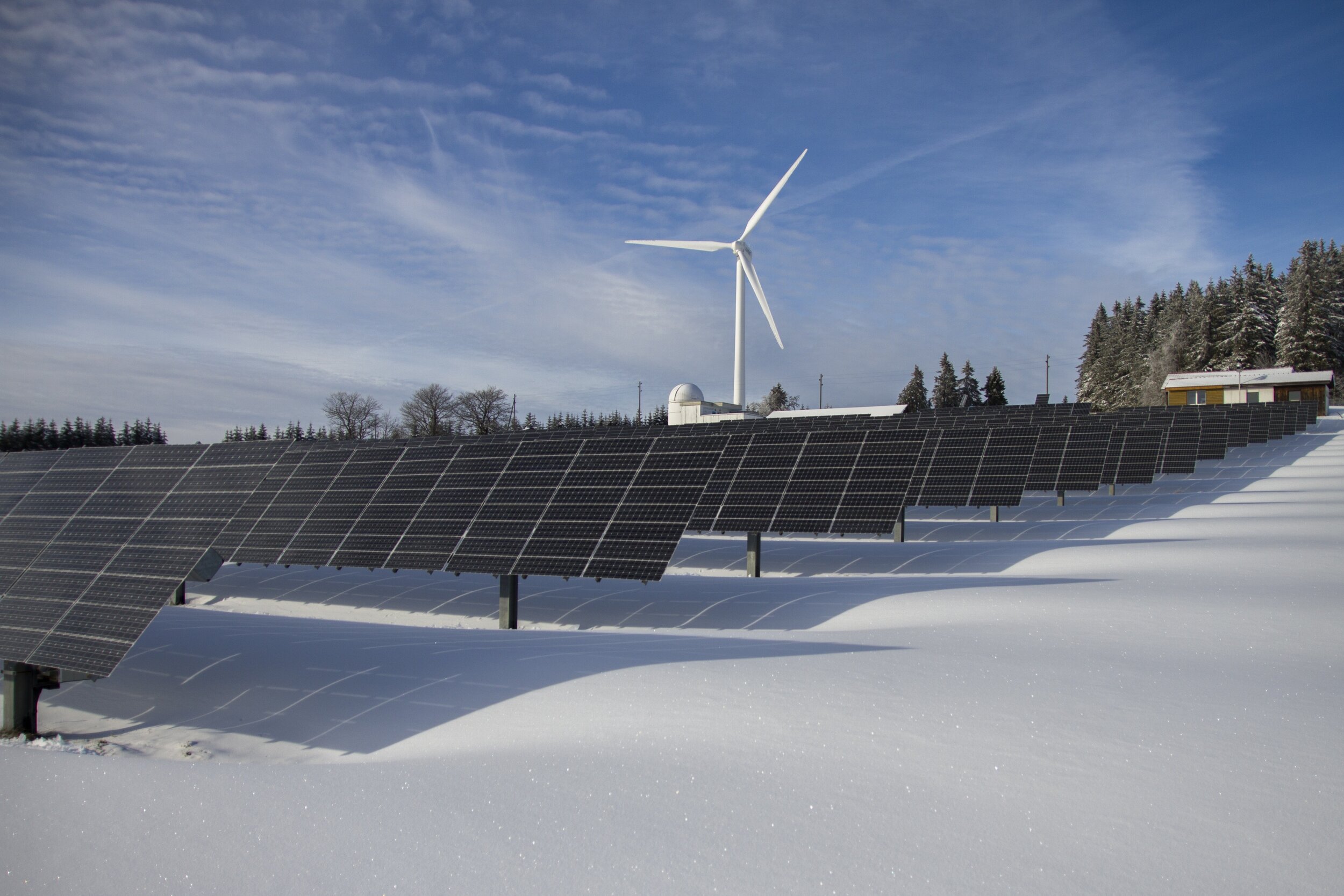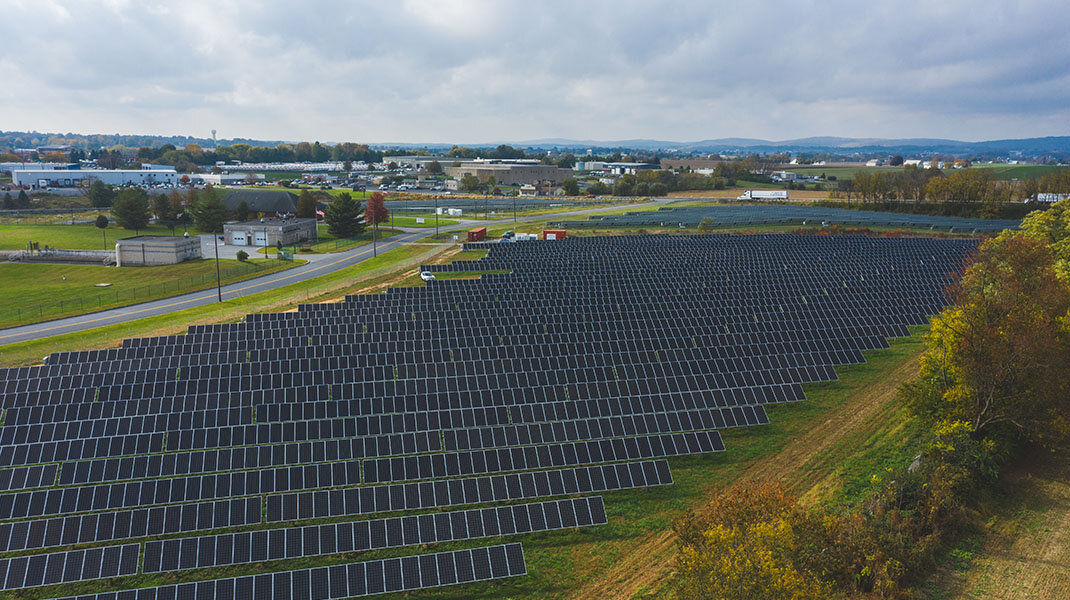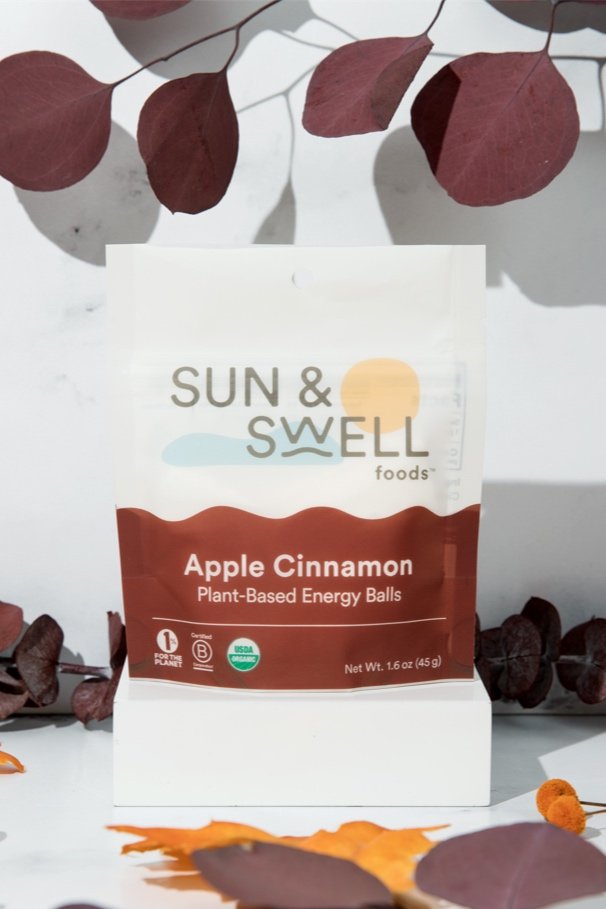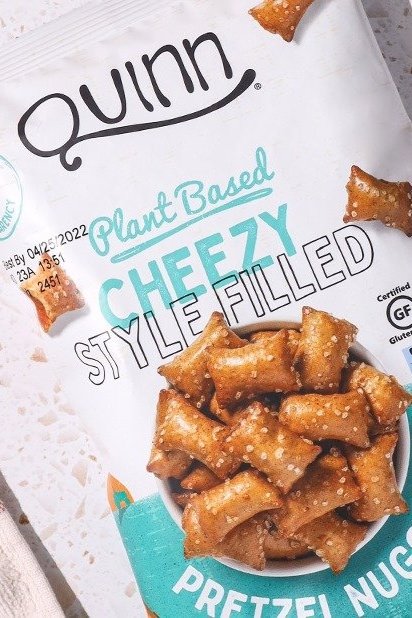The Best Produce Delivery Services in 2023
Produce delivery boxes have become a go-to way to save time on grocery shopping and make nightly dinner prep a little bit easier. But it’s also true that food subscription boxes are notorious for creating lots of packaging waste, not to mention the impact of shipping them or keeping them cold.
So how do you know which food boxes best suit your tastes? What boxes are best for couples, and which are better for families? Even more importantly, how can you be sure that your produce delivery box choices are having a positive impact on the environment, rather than contributing more waste to landfills?
These are all questions it’s important to consider when signing up for a produce delivery box — and that’s where we come in. We’ve rounded up some of your best options, which can help you choose a box that tastes great for you, and has a great impact on the world.
How to Choose a Produce Delivery Box
Produce boxes vary greatly, from their driving mission to the goods and services they offer. For example, many boxes are dedicated to fighting food waste and diverting perfectly-good fruits and vegetables that would’ve gone to the landfill. Other companies create boxes with a mission to reduce food insecurity or foster regenerative agriculture.
You’ll also want to consider your own driving forces. Do you want to save time and money, or are you just hoping to try new things? Do you want to support local farms, or are you just interested in what tastes good?
Other factors to consider when choosing a produce box are frequency and price — and how many people will be eating — plus how much variety and personalization you prefer in your box. Certain boxes have their items set based on seasonality, which simplifies the process if you don’t want to deal with choosing items. But if you want more say in what you get, and you’d like a mix of snacks, condiments and pantry items, you might want to look for a box that you can personalize before every delivery.
Overall, produce delivery boxes create less waste than meal kit boxes, because most of their items are fruits and veggies, which don’t need to be packaged in plastic. When they do provide packaged items and snacks, they offer the full-size version, which results in less waste than a meal kit that has tiny packages of individually-wrapped ingredients.
Once you’ve gotten clear on your purpose and desires, you can better choose the best box for you.
our favorite produce delivery boxes:
1) Misfits Market
Best for: Reduces food waste and saves you up to 40% on your grocery bill; customizable boxes and flexible shipping
Price: Starting at $35-$40/week
Misfits Market is on a mission to reduce food waste while making fresh, organic food more accessible to all.
They work directly with farmers, food hubs and other suppliers to source food that might otherwise be thrown away due to excess or cosmetic imperfections.
In addition to sourcing fruits and veggies, Misfits Markets boxes offer pantry staples, healthy snacks, cooking essentials, and high-quality meats and seafood.
These top-tier items are cheaper than what you’ll find in the grocery store, since they’re from the extra inventory that couldn’t be sold to grocery stores. That, and the fact that they are delivered in eco-friendly packaging, ensures that Misfits Market is a produce box you can feel good about.
2) Melissa’s
Best for: Specialty fruits and vegetables, seasonal produce, plant-based eating
Price: Varies according to consumer purchase
Melissa’s Produce has been delivering specialty fruits and veggies nationwide since 1984. This delivery service is a great way to discover new seasonal produce you may not have tried before, including green-skinned pineapples, finger limes, and goldenberries. The family-owned business is also a trusted source for recipes, food storage tips, and many more ideas for eating — and feeling — your best.
Melissa’s is a top choice for plant-based eaters who are looking to expand their palette to include new foods while also testing out gourmet recipes that have been tested by actual chefs. They also have some pantry items such as beans, salsas, and other staples to round out your options.
3) Imperfect Foods
Best for: Diverting food waste, flexible options for plant-based and meat eaters
Price: No monthly fee; varies according to consumer purchase
Similar to Misfits Market, Imperfect Foods is on a mission to fight food waste by diverting foods that might have otherwise gone to the landfill. They categorize their food with different labels, such as “cosmetic imperfection,” “made with ugly produce,” and “made with rescued ingredients,” to show all the ways they’re repurposing goods.
Buying a box from Imperfect Foods can save at least six pounds of food waste per week while conserving over 200 gallons of water. Since Imperfect Foods offers farm-fresh produce, curated grocery items, gourmet snacks, plant-based proteins, dairy products and more, you’ll always have variety in your Imperfect Foods box, making it a great foundation for healthy, creative meals.
4) Hungryroot
Best for: Planned meals with flexibility; gluten-free and other allergen-friendly
Price: Starting at $65/ delivery
Hungryroot combines the convenience of meal kits with the personalization of produce boxes. They’ll send fresh fruits and veggies, meats, and plant-based protein, but also sauces and other accouterments, which you can use to make specific meals while also mixing and matching your own delicious creations.
Hungryroot has its own line of branded sauces, dips, grains, and other goods, but you’ll also find common organic brands like Kite Hill, Banza, Lightlife, and Califia Farms in their boxes. Overall, if you’re hoping for a faster way to buy your favorite foods, plus a little bit of inspiration for quick, healthy meals, Hungryroot might be your best bet.
5) The Fruit Company
Best for: Premium hand-picked fruit, hard-to-find fruit and gourmet baskets
Price: Monthly box starting at $139/ box (~$35/week)
Based out of the beautiful Hood Valley, Oregon, The Fruit Company is exactly what it sounds like—a company selling fruit. But their fruit is beyond the average bananas and apples you’ll find at the grocery store. They grow some of the most coveted fruit across the nation, from Rainier Cherries and Seckel Pears to Honeybell Citrus.
You can curate your own box of fruit, or you can sign up for The Fruit Company’s monthly fruit club, which has an assortment of seasonal and best-selling items. As part of the monthly club, you can choose from four tiers, including an exotic box and an organic box, all with varying offerings and price points.
6) Farmer Jones Farm
Best for: Supporting regenerative agriculture and farm-chef relationships, herbs and flowers along with fresh veggie variety
Price: Farm fresh boxes starting at $79
Farmer Jones is a regenerative agriculture farm and market based in Huron, Ohio.
The family-run farm is on a mission to provide people with delicious fruits and vegetables, microgreens, herbs and even edible flowers, all while helping the planet.
Their regenerative farm techniques enrich the soil and reduce the need for chemicals, working in harmony with nature to grow delicious and healthy food for the masses.
You can make your own vegetable box, or choose from curated options like the Eat the Rainbow Box or the Gourmet Vegetable Box. They also have a chef-curated box as part of their The Chef’s Garden program, in which they collaborate with chefs to inspire their growing season.
7) Good Hill Farms
Best for: Exotic fruit, nursery trees, lemonade kits
Price: Variety boxes starting at $42
Produce boxes from Good Hill Farms include hand-sorted exotic fruit, nursery trees, and fruit variety boxes. All produce comes from a subtropical farm in California, where the sunny conditions allow them to grow fruit like guava, pomelo, dragon fruit, caviar lime, and other varieties that don’t grow in most other parts of the contiguous U.S.
If you’re new to exotic fruit, variety boxes from Good Hill Farms can be a fun way to try different items and discover your new favorites. Their variety box options include a mystery fruit variety box, tropical avocado variety box, summer’s best, and cherimoya variety. Another unique offering from Good Hill Farms are their exotic lemonade kits, which include everything you need to make a fresh, nutritious lemonade using their secret recipe.
8) Hungry Harvest
Best for: Delivery on the east coast, adventurous and plant-based eaters, diverting food waste
Price: $17 minimum for mini boxes
Hungry Harvest first rose to popularity by garnering a major investment on the show Shark Tank, which they have used to further their mission. Similar to other boxes on this list, Hungry Harvest aims to fight food waste, claiming that about 10 pounds of food is saved with every harvest.
What makes them unique is their commitment to food equity—Hungry Harvest has a reduced-cost grocery offering. They also deliver to hunger-solving organizations, and they have an emergency box to help those in crisis. In the box, you’ll find fruits and veggies along with specialty items like Baltimore Cold Brew and arugula, beet and goat cheese ravioli, plus vegan favorites like Beyond Meat.
Currently, Hungry Harvest delivery is restricted to the East Coast, with produce and grocery delivery across Maryland, Washington, DC, Greater Philadelphia, Southern New Jersey, Northern Delaware, and Raleigh, North Carolina, but the company has plans to expand.
About the Author
Michelle Polizzi is an independent writer and storyteller with 7 years of experience creating content online. Her writing has appeared in leading publications like Bitch, WELL+GOOD, Insider, and Healthline, and she covers topics like sustainable living, mental health, and intersectional feminism. Currently, she's pursuing an MFA in creative writing.
MAKE SURE TO PIN THE PHOTO BELOW TO SAVE THIS POST FOR LATER!
WANT MORE SUSTAINABLE BRANDS? VISIT OUR BRAND DIRECTORY!
Our Brand Directory is home to hundreds of sustainable brands, from makeup to cleaning supplies, from underwear to shoes. We have broken everything down by category for easy shopping, along with discount codes unique to Sustainably Chic viewers.

